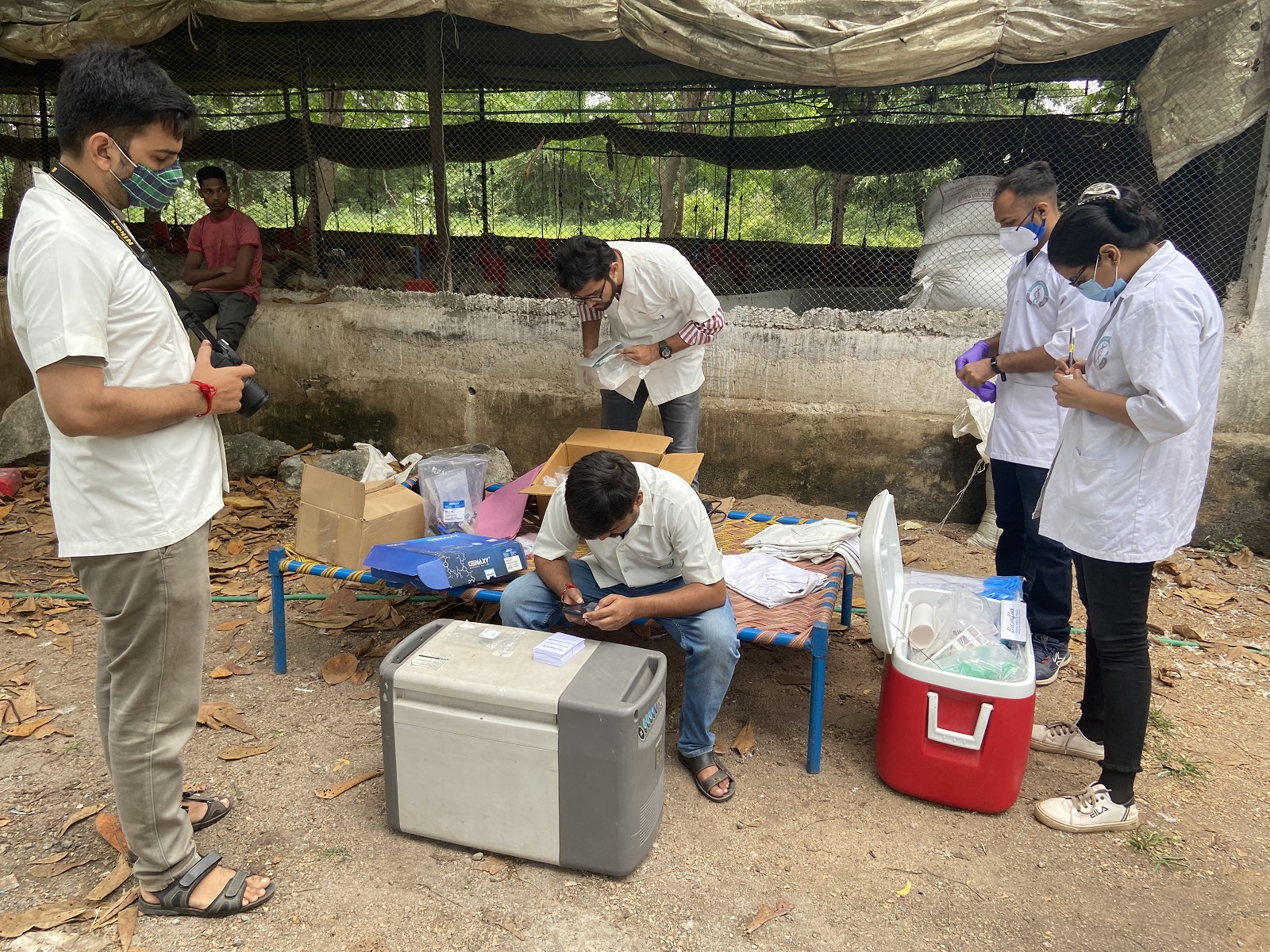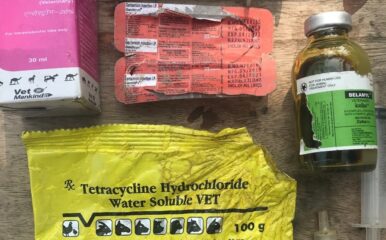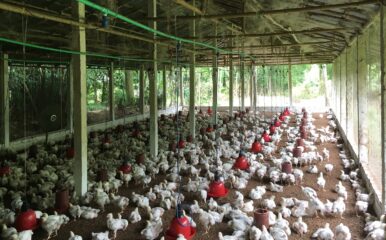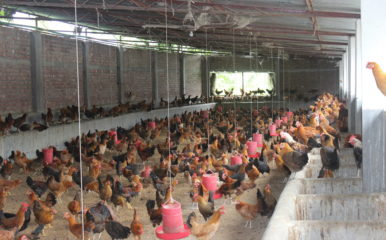
Cultivating robust flocks
Published on 17/04/2024
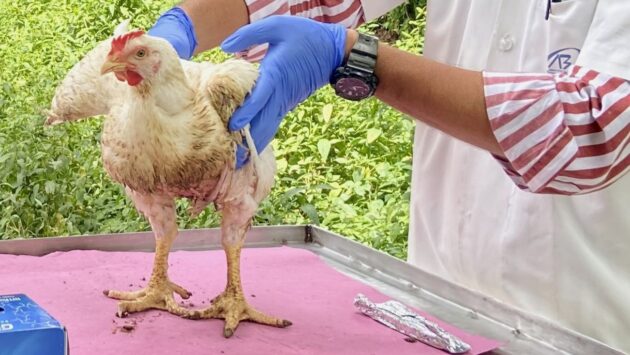
Haidaruliman Paleja
As the demand for poultry production rises, farms expand to accommodate larger flocks, meeting the heightened efficiency required. However, this intensification brings forth the crucial need to mitigate losses, particularly in densely populated poultry farms where the risk of infectious diseases looms. Exploring the intricate dynamics of poultry health, considering factors such as biosecurity, disease monitoring and the evolving challenges from infectious agents, prove interesting.
Understanding the poultry farm landscape
Each poultry farm possesses a unique risk profile shaped by the complex interplay of infection levels in its surrounding area, on-farm disease prevention measures, farm density and connections with other farms and markets. The varying biosecurity levels among breeder farms, commercial poultry production systems and backyard setups contribute to a diversity in risk profiles within a given region.
Challenges in disease monitoring
While traditional disease monitoring systems are essential, they may prove insufficient for achieving future production goals. There is an imperative for rapid disease detection systems continuously monitoring poultry health to complement existing infectious disease detection methods. The diversity in poultry production systems and rearing techniques, as well as intermingling of different poultry species and age groups, further heighten susceptibility to diseases.
Factors contributing to disease spread
High-performance birds, despite offering productivity advantages, face performance stress, rendering them more susceptible to infections. Backyard poultry systems, lacking or having minimal biosecurity measures, pose a heightened risk for disease transmission. Variations in disease resistance among poultry types can lead to carriers showing no symptoms of disease but still contributing to disease spread. Migratory birds carrying infectious agents also serve as potential vectors, spreading diseases within poultry populations.
Innovations in disease prevention
The recombination of virus particles from different sources can give rise to new virus variants, emphasising the importance of integrating viral genomes in vaccine preparation. The type of vaccine used in poultry vaccination significantly influences disease outbreak dynamics, and vaccination programmes should tailor strategies to prevalent local diseases. The persistence of disease-causing agents in the environment adds another layer of complexity to disease prevention efforts.
The evolving landscape of disease treatment
For a long time, the treatment of poultry diseases has relied on successful strategies for control, eradication and prevention. Vaccination, particularly mass vaccination, stands as a frontline defender against viral diseases. However, bacterial infections pose a new challenge with the alarming rise of bacterial organisms developing resistance mechanisms against antibiotics designed to combat them. In the realm of parasitic diseases, the cunning coccidia organism has evolved to resist traditional antimicrobials.
Alternative control programmes
In the face of growing antimicrobial resistance orchestrated by bacterial and parasitic adversaries, alternative control programmes emerge as champions. These programmes aim to navigate the challenges posed by evolving infectious agents, providing sustainable solutions to safeguard poultry health.
Safeguarding poultry health in the face of evolving challenges requires a comprehensive approach considering the diverse dynamics of poultry production. From biosecurity measures and continuous monitoring systems to tailored vaccination programmes, stakeholders in the poultry industry must collaborate to ensure the sustainability and resilience of this vital sector. Embracing innovations and alternative control programmes fortifies defences against the ever-adapting world of poultry diseases.
